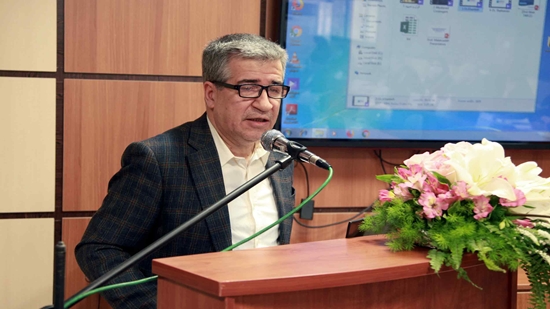The Results of the National Contingent Non-invasive Prenatal Testing Project
This national project to determine the use of NIPT in the screening of chromosomal abnormalities in the first trimester of pregnancy based on the Contingent-NIPT protocol using the Reflexed-DNA Testing method was carried out by the Genetics Research Center of University of Social Welfare and Rehabilitation Sciences (USWR) and with the cooperation of researchers of Nasle Omid Medical Institute, Shahid Beheshti University of Medical Sciences, Ministry of Health and Medical Education (MHME), Isfahan University of Medical Sciences, and with the support of the Vice-Chancellor of Research and Technology of MHME, simultaneously was implemented in 8 provinces of the country since 2019.

Dr. Hamidreza Khorram Khurshid, Head of the National Contingent-NIPT project and a faculty member of the Genetics Research Center at USWR requested for "Standardization of the investigation of chromosomal abnormalities in the country based on the studies carried out and in accordance with Article 53 of the Population Youth Law and support for the family".
The Head of the Board of Medical Genetics in MHME stated that “this national project with the approach of increasing the quality of screening services and reducing economic costs and The mental impact on the health and family system, will promote the use of the Contingent-NIPT in the screening of chromosomal abnormalities in the first trimester of pregnancy based on the contingent protocol in Iranian pregnant women.
Dr. Malekzadeh distinguished faculty member of Tehran University of Medical Sciences (TUMS) and former vice president of research and technology of MHME emphasized: “Infant mortality, which is the most important health indicator, has a limited rate and we were able to lower the mortality rate of mothers, infants and children. The life expectancy rate of Iranians increased by 20 years in the last four years, and it has reached to 80 years for women and to 78 years for men”.
Given to sustainable development goals which has been placed on our agenda in the health sector, a lot of progress have made. These are the suggestions of the United Nations and the World Health Organization that we were able to reach the mortality rate of children under five years old in all provinces of the country to the index that was supposed to be in 2030, that is, reached this index 10 years earlier.

